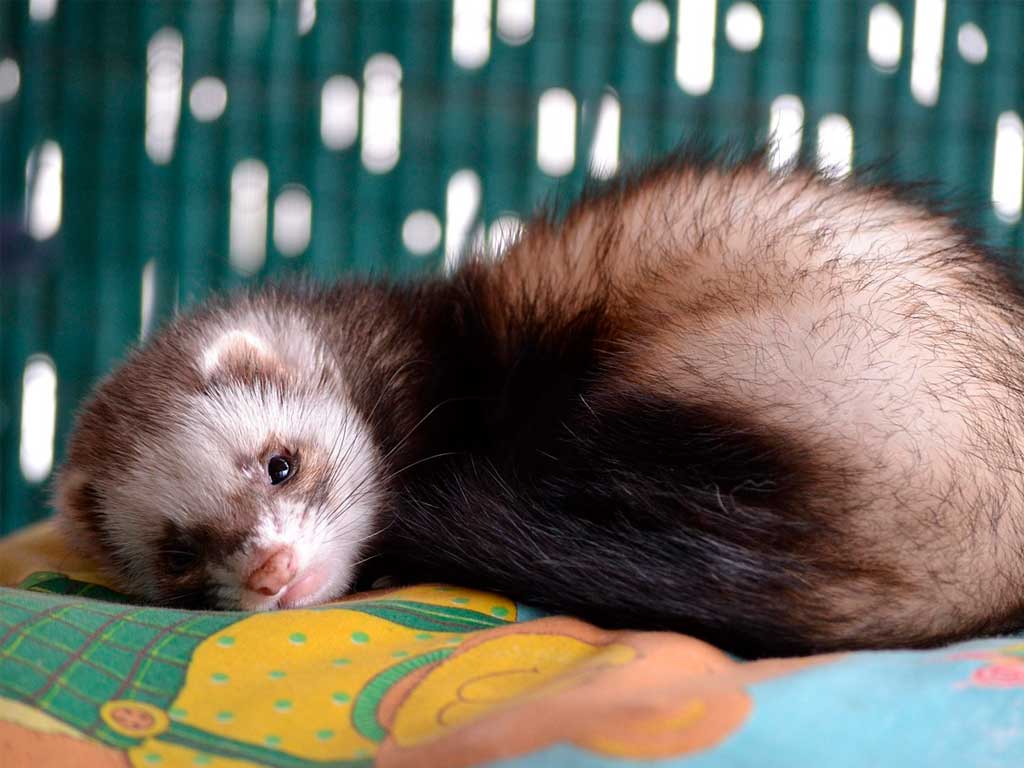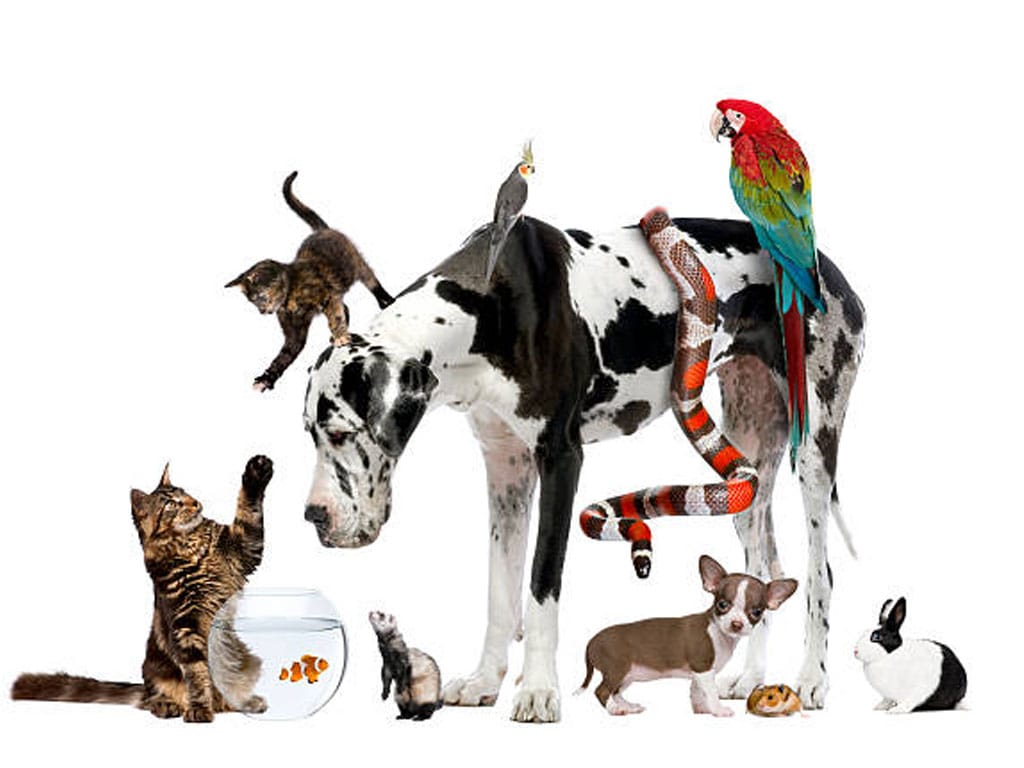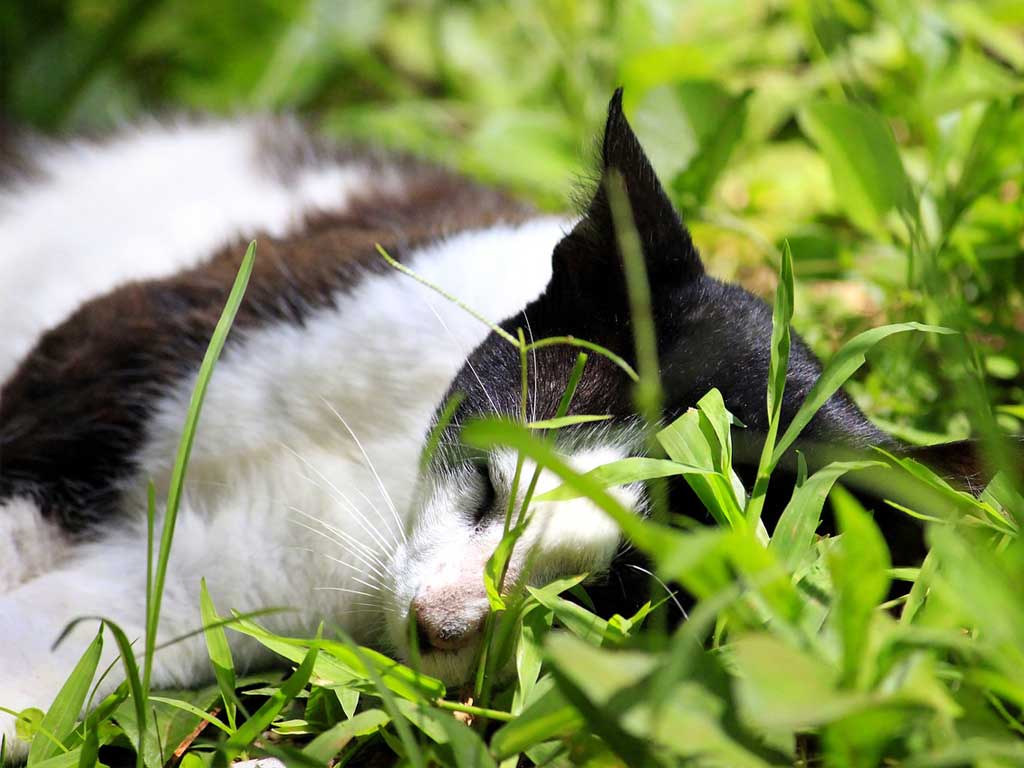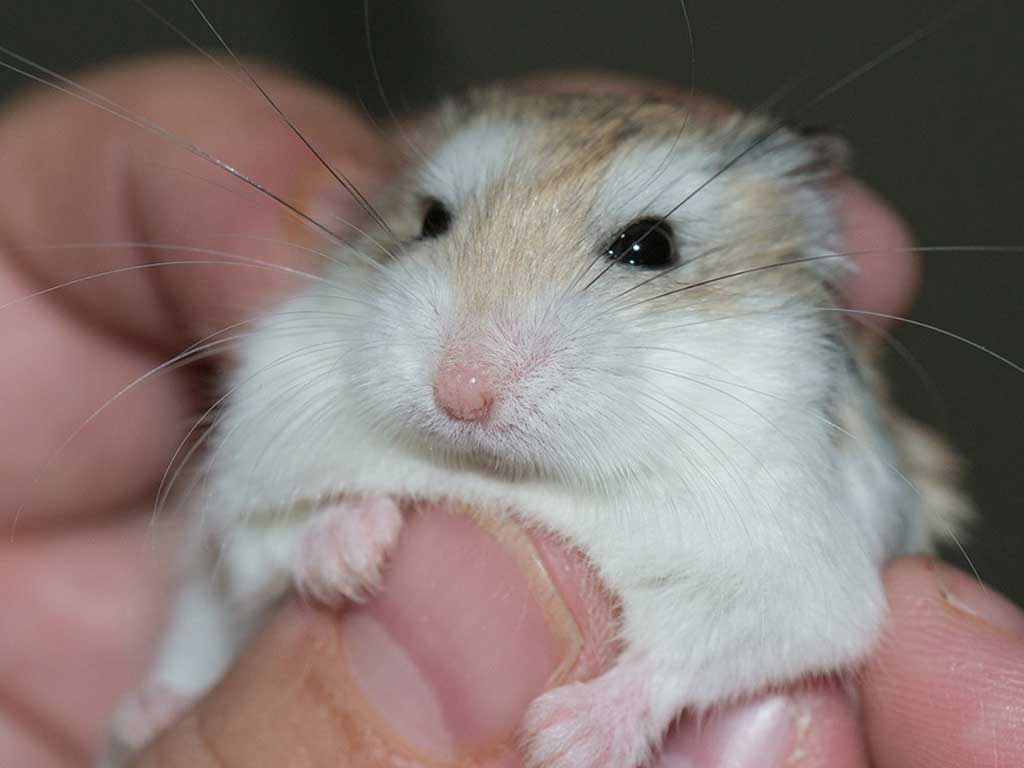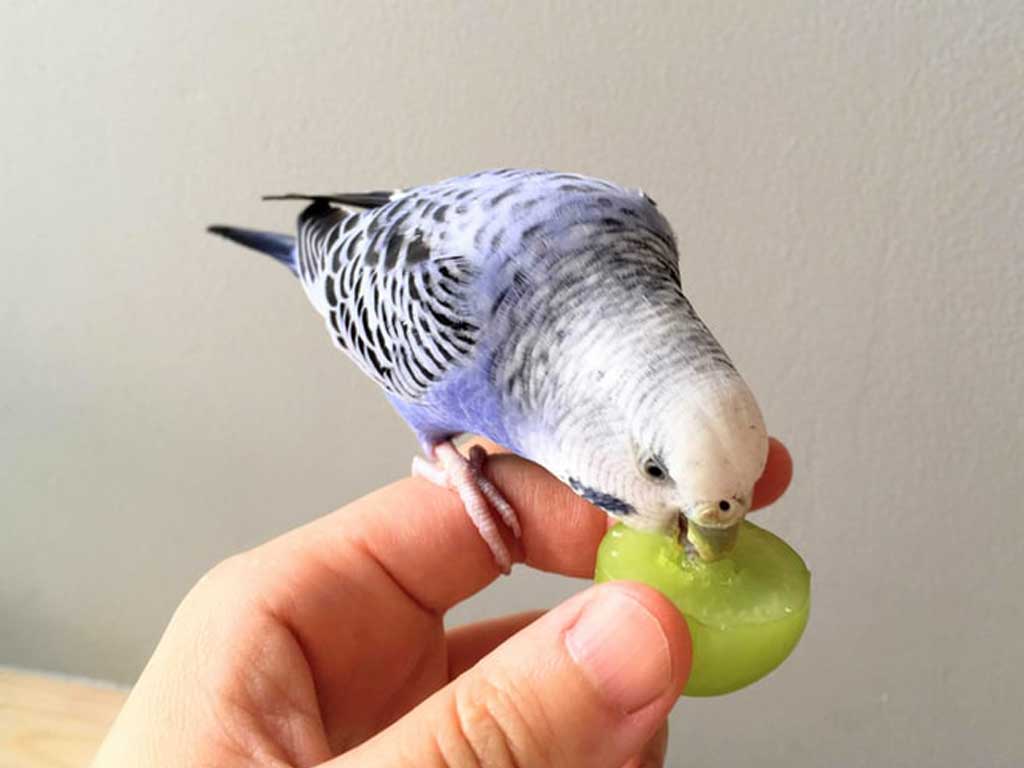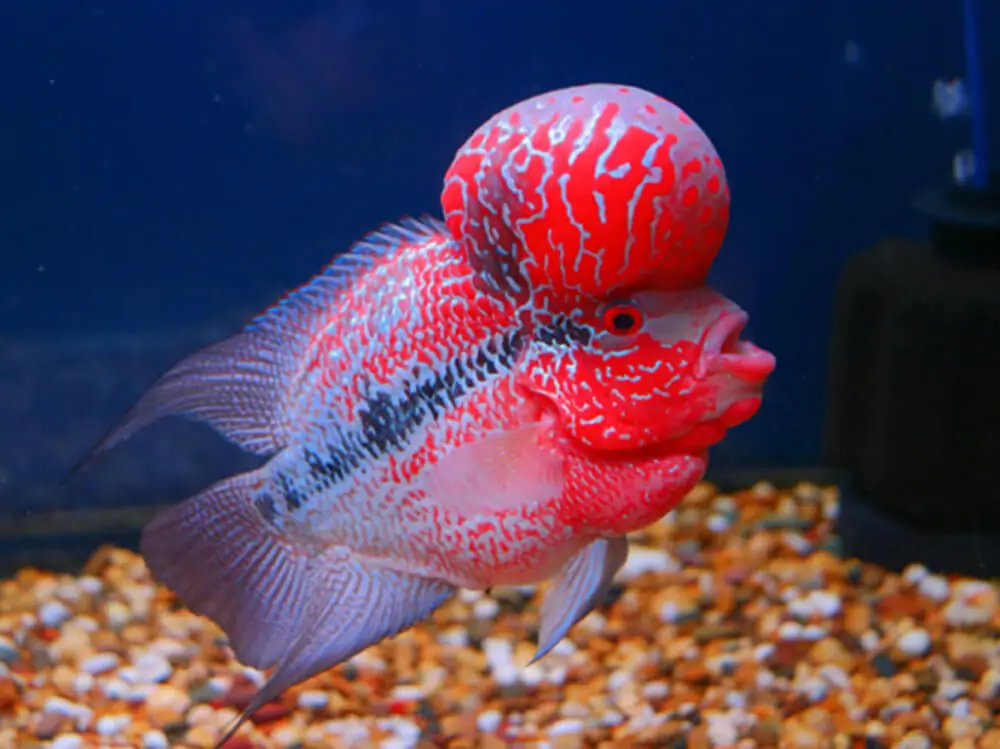If you’re thinking about adopting a ferret, you’re about to dive into the fascinating world of these small mustelids. Before taking the leap, it’s crucial to understand their specific needs, behaviors, and care requirements. In this article, we break down 7 essential aspects every potential owner should know to ensure a happy and healthy life with their new pet.
1. Personality and Energy: Little Tornadoes!
Ferrets are extremely active, curious, and playful animals. Their energy seems endless: they love exploring every corner of your home, climbing, hiding, and nibbling on objects. While their liveliness makes them adorable in social media videos, it also comes with challenges:
- Accidental destruction: They may break fragile items or chew on wires.
- Surprise hideouts: Check washing machines, drawers, and sofas before closing them.
- Socialization: They’re friendly with humans and other ferrets, but their hyperactivity can stress calmer pets.
Practical tip: Ferret-proofing your home is essential. Remove dangerous objects and secure small spaces where they might get trapped.
2. Living with Other Pets: Friends and Foes
While ferrets can get along with dogs and cats (if introduced gradually and supervised), they are incompatible with natural prey:
- Avoid mixing them with: Rabbits, hamsters, guinea pigs, or birds. Their predatory instincts may kick in.
- Constant supervision: Even with compatible pets, monitor interactions to prevent accidents.
Key fact: Ferrets are mustelids, related to minks and weasels—not rodents. Their teeth are those of a carnivore, designed for hunting.
3. Legal Responsibilities and Health: More Than an Exotic Pet
In some countries, ferrets have legal requirements similar to dogs and cats:
- Microchip and health records: Mandatory for identification and veterinary tracking.
- Vaccinations: Against distemper and rabies (check local regulations).
Health risks:
- Fast metabolism: Illnesses progress quickly. Watch for symptoms like lethargy, loss of appetite, or diarrhea.
- Common accidents: Falls from heights or swallowing small objects.
Recommendation: Find an exotic animal-specialized veterinarian, especially for serious issues. General clinics can handle routine checkups.
4. The Ideal Home: Cages, Hammocks, and Toys
Though ferrets enjoy free-roaming time, they need a secure cage as their sanctuary:
- Key features: Sturdy bars, multiple levels, and space to run.
- Essential accessories:
- Water bottles (to prevent spills).
- Heavy food bowls (to avoid tipping).
- Hammocks and tunnels: They love cozy spots.
- Non-toxic toys: Balls, fabric dolls, or cardboard rolls.
Enrichment tip: Rotate toys weekly to prevent boredom.
5. Spaying/Neutering: Health and Harmony at Home
Sterilizing your ferret isn’t optional—it’s critical for their well-being:
- Males:
- Reduces strong body odor (linked to hormones).
- Lessens aggressive behavior or territorial marking.
- Females:
- Prevents aplastic anemia caused by high estrogen levels during unaddressed heat cycles.
- Avoids uterine infections and tumors.
Ideal age: Before 7 months. Consult your vet for timing.
6. The Odor Dilemma: Myths and Solutions
Ferrets’ distinctive smell is polarizing:
- Causes: Active sebaceous glands (more prominent in unsterilized males).
- How to minimize it:
- Early sterilization.
- Weekly cage cleaning with enzymatic products.
- Occasional baths (max once a month to avoid dry skin).
Myth busted: The odor won’t vanish completely, but with care, it’s manageable.
7. Adoption vs. Buying: Give Them a Second Chance
Before buying a ferret from a store, consider adoption:
- Shelters and rescues: Many ferrets are abandoned by unprepared owners.
- Benefits:
- You help an animal in need.
- They often come spayed/neutered with medical records.
Owning a ferret is a rewarding experience but demands time, patience, and resources. These intelligent, affectionate animals thrive in enriched environments with committed owners. If you decide to adopt, you’ll gain not just a pet, but a mischievous, curious companion.

